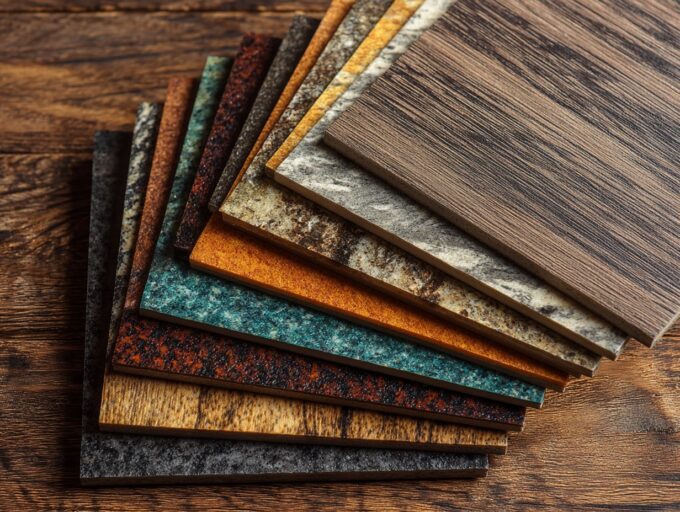- Home
- Articles
- Architectural Portfolio
- Architectral Presentation
- Inspirational Stories
- Architecture News
- Visualization
- BIM Industry
- Facade Design
- Parametric Design
- Career
- Landscape Architecture
- Construction
- Artificial Intelligence
- Sketching
- Design Softwares
- Diagrams
- Writing
- Architectural Tips
- Sustainability
- Courses
- Concept
- Technology
- History & Heritage
- Future of Architecture
- Guides & How-To
- Art & Culture
- Projects
- Interior Design
- Competitions
- Jobs
- Store
- Tools
- More
- Home
- Articles
- Architectural Portfolio
- Architectral Presentation
- Inspirational Stories
- Architecture News
- Visualization
- BIM Industry
- Facade Design
- Parametric Design
- Career
- Landscape Architecture
- Construction
- Artificial Intelligence
- Sketching
- Design Softwares
- Diagrams
- Writing
- Architectural Tips
- Sustainability
- Courses
- Concept
- Technology
- History & Heritage
- Future of Architecture
- Guides & How-To
- Art & Culture
- Projects
- Interior Design
- Competitions
- Jobs
- Store
- Tools
- More

When it comes to designing a small space, every detail matters. From the colour of the walls to the furniture placement, each decision greatly impacts how the space feels. However, one element that’s often overlooked is flooring.
The right floor tiles can do wonders in opening up a room, adding character, and enhancing the overall atmosphere. Whether working with a compact bathroom, a narrow hallway, or a cosy apartment living area, the right floor tiles design can help you maximise style without sacrificing function. Below are six carefully considered tile design ideas that make a noticeable difference in small areas.
Table of Contents
Toggle1. Embrace Natural Stone Tiles for Timeless Elegance
Natural stone tiles offer both character and durability, making them a smart choice for compact interiors. Designs like limestone and terracotta introduce earthy textures that ground the space while still maintaining a refined aesthetic. Their organic variations add quiet detail to floors without relying on bold colors or patterns.

Polished marble and honed granite provide a more refined finish that suits contemporary or classic design themes. These materials subtly reflect light, adding visual openness without needing high-gloss surfaces. When paired with neutral furnishings, the room feels spacious, balanced, and cohesive.
2. Opt for Textured Tiles to Add Surface Character
Texture brings a tactile layer to flooring, offering dimension beyond just color or shape. Subtle grooves, raised patterns, or stone-like finishes can break up flatness and introduce a more engaging design experience. This is especially useful in smaller areas, where every material has the chance to leave an impression.
Incorporating textured tiles adds detail without the need for bold colors or intricate patterns. The result is a refined and intentional finish that elevates the floor’s design. Texture also plays with light interestingly, thus creating gentle shifts that make surfaces feel dynamic and alive.
3. Choose Larger Format Tiles for a Clean Visual Flow
In smaller interiors, larger floor tiles can simplify the layout by reducing the number of visible grout lines. This approach leads to a cleaner appearance, avoiding breaks in the surface that might make the floor feel crowded. Large-format tiles make the space calmer, particularly when paired with uniform tones or gentle textures.
The continuous nature of these tiles creates a flow that extends across the room with few interruptions. Neutral palettes with subtle surface patterns enhance this effect and create a unified look. An added advantage is that cleaning tile floors with larger formats becomes quicker and more efficient as there are fewer grout lines to maintain.
4. Use Vertical Tile Patterns to Bring Dimension
Vertical tiling can introduce a sense of height to narrow or compact spaces by guiding the eye upward and adding subtle architectural interest. This approach works well in hallways, powder rooms, and compact laundries, where wall space is often underused and ceiling height is limited. Here are a few distinct ways to add variety and texture when using vertical tile arrangements:
- Mix tiles with both matte and gloss finishes in the same shade to create surface contrast without using multiple colours.
- Use elongated planks to stretch the visual line further, helping the walls feel taller.
- Incorporate gentle tonal shifts within a single colour family to add soft layering without bold patterns.
5. Explore Timber-Look Tiles for Natural Warmth
Tiles that resemble timber add an organic feel to the room without introducing traditional wooden flooring. These tiles replicate the texture and tones of natural timber, providing visual warmth that softens the space. Depending on the size and orientation of the tile, the room may appear longer or more connected from one end to another.

The horizontal placement of timber-look tiles aligns well with a room’s length, subtly expanding its feel. Colours ranging from light ash to honeyed oak complement interiors seeking a calm and grounded look. These designs bring familiarity and comfort without overcomplicating the surface.
6. Apply Feature Tiles in Smaller Sections for Emphasis
Compact areas can benefit from focused design elements, and feature tiles offer a way to introduce detail without overwhelming the room. Accent sections like entry points, shower bases, or floor borders allow space for creative patterns, textures, or mosaics. The key lies in selective use to maintain balance across the room.
Combining feature tiles with simpler surrounding tiles creates a layered and balanced look. Geometric patterns, handcrafted details, or textured finishes add subtle variation. These accents suit small areas where even a slight design element can change the feel of the space.
Find Inspiration through Practical Tile Collections
Browsing diverse tile styles in one shop can simplify the selection process, especially when planning for compact spaces. Collections that highlight both layout versatility and material options make it easier to match tiles with the room’s proportions and lighting. Several online platforms that focus on practical tile design solutions provide clear visuals, specifications, and variety to support well-informed choices.
Choosing the right floor tiles design introduces rhythm and direction into smaller spaces. With considered patterns, tones, and layouts, flooring becomes more than a surface—it becomes a part of the room’s identity.
illustrarch is your daily dose of architecture. Leading community designed for all lovers of illustration and #drawing.
Submit your architectural projects
Follow these steps for submission your project. Submission FormLatest Posts
Understanding Site Safety Footwear in Architectural Practice
Architecture is often discussed through drawings, models, and finished buildings, yet a...
General Arrangement Drawings in Architecture: The Backbone of Clear Design Communication
General Arrangement Drawings explained: what they are, when to use them, how...
The Ultimate Guide to Fencing in North Dakota: Choosing the Best Fence for Your Property
Watching a chain link fence twist in 70 mph winds near Minot...
Gaudí: Where Architecture Meets Science
Gaudí: Where Architecture Meets Science shows catenary arches, ruled surfaces, and biomimicry...












Leave a comment